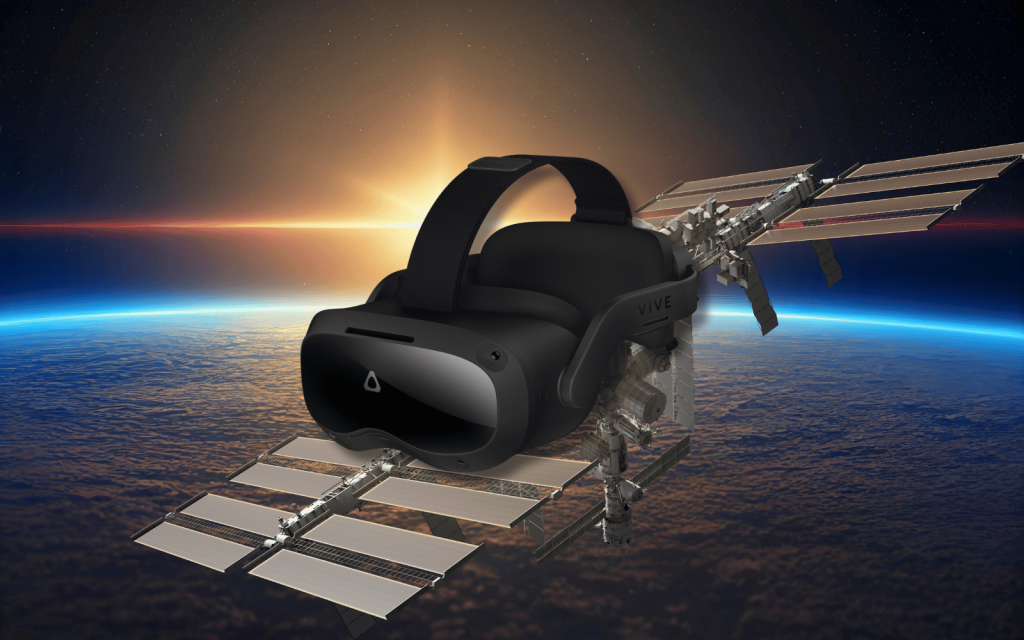One of the main things you need to be if you work in space is mentally stable. That’s at least partially the reason why HTC, sometimes purveyor of Android smartphones and maker of virtual reality hardware, is partnering up with a company called XRHealth to send VR hardware into space.
XRHealth, here on terra firma, specialises in mental health (and even physical therapy) applications that are assisted by the judicious usage of virtual reality experiences. And it’s time for those experiences to be experienced off-planet. Well, in orbit, which is close enough.
Enough space for HTC?
There is a third partner in the mix along with HTC and XRHealth called NordSpace ApS, a Danish engineering firm. Together they’ve converted HTC’s Vive Focus 3 headset to work in microgravity. You know, the same stuff astronauts on the International Space Station (ISS) deal with daily? The inclusion of the Danish company is fitting because the astronaut tasked with using the virtually-delivered therapy program, Andreas Mogensen, is from that country.
Mogensen travelled to the ISS in August this year as part of NASA’s Crew-7 mission which concludes in 2024. He’ll test “…a virtual assistance mental balance initiative aimed to address astronauts’ specific needs to maintain mental health while in orbit.”
But that’s not the really cool bit. Virtual reality systems only really work when the headset knows where you are. That’s why most at-home VR kits have a ‘safe’ area where it’ll work. Step outside of that and tracking ends. The problem is that in space, nobody can stay still for very long. Previous attempts at using VR on the ISS have resulted in inaccurate tracking, an unusual amount of nausea, and a generally unpleasant experience.
HTC and friends have come up with a new way for VR to function, which they call “simulator mode”. There’s not much detail on how it works but it appears to spatially locate the headset using the controller position. Since those are assumed to be in your hands, it should create a more stable experience than trying to map the environment.




